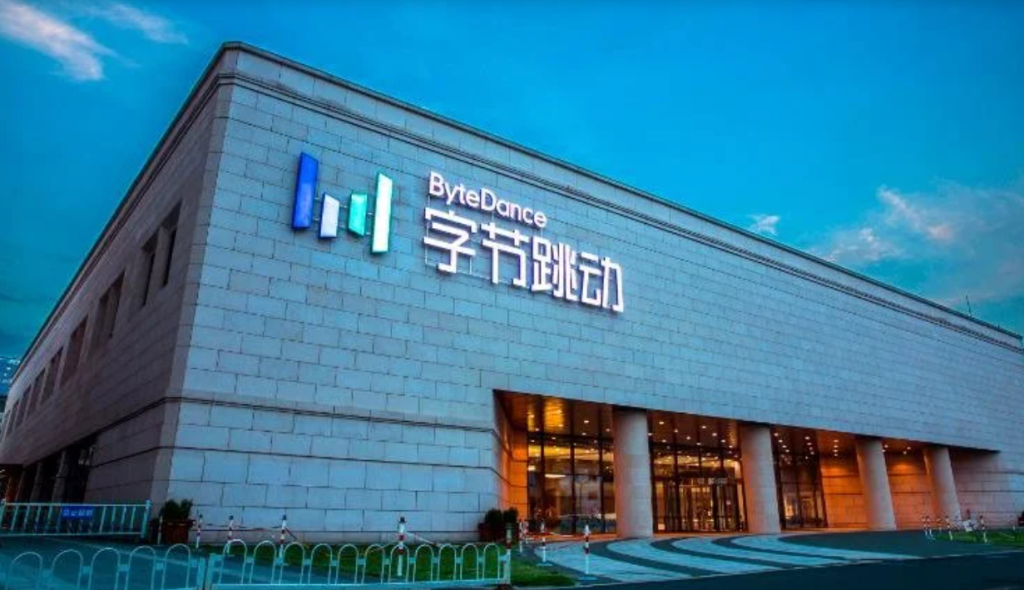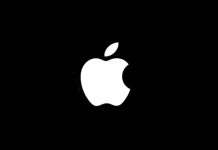Where artificial intelligence (AI) is revolutionizing the entire corporate landscape, ByteDance, the parent company of TikTok, has taken a big leap. The launch of Feishu 7, the latest version of its online collaboration tool, marks a new chapter in workplace automation. This AI-powered platform stands as a testament to ByteDance’s commitment to innovation, aligning with the current trend where Chinese tech giants are actively integrating AI into industrial applications.
Feishu 7 derives its functionality through various Large Language Models
Feishu 7 is designed to make Chinese enterprises “AI-ready.” By incorporating ChatGPT-like functionalities through various large language models (LLMs), it promises to transform the way organizations operate. Xie Xin, CEO of Feishu, highlights the importance of adapting quickly to the AI-driven changes in the business world. This vision is not just about keeping pace with technological advancements but also about reshaping organizational structures and work processes.

The introduction of the Feishu Intelligent Buddy, an AI assistant, is particularly interesting. This virtual companion is capable of performing a range of tasks, from summarizing meetings to analyzing content from diverse formats like PDFs, videos, and audio files. Its ability to draft various types of work documents underscores its versatility and potential to boost productivity.
Feishu’s approach to AI integration is user-centric, offering customers the choice of LLMs to power the assistant. This flexibility, coupled with the platform’s multifunctionality, positions Feishu as a formidable contender in the burgeoning field of AI-augmented office tools. This development mirrors the global trend of incorporating AI into business tools, as seen with Microsoft’s integration of GPT-powered Copilot systems.
ByteDance’s stride with Feishu 7 not only signifies its ambition in the AI landscape but also reflects a broader movement among tech giants. Companies like Tencent and Alibaba are also embedding AI into their office software, indicating a collective push towards a more intelligent and efficient workplace.
RELATED:
- Alldocube iWork GT 12 AMD 2-in-1 Tablet Giveaway by Gizmochina
- ByteDance surges ahead in Q2 2023, challenging tech titans like Tencent and Alibaba
- Aoostar R1 N100: Intel N100 NAS / Mini PC with Windows 11 for $219
- Baidu, ByteDance, Tencent, and Alibaba Purchase Hundreds of Thousands of Nvidia Cards Worth $5 Billion
- Best Feature Phones with UPI support 2023: Nokia Dominates
(Via)






